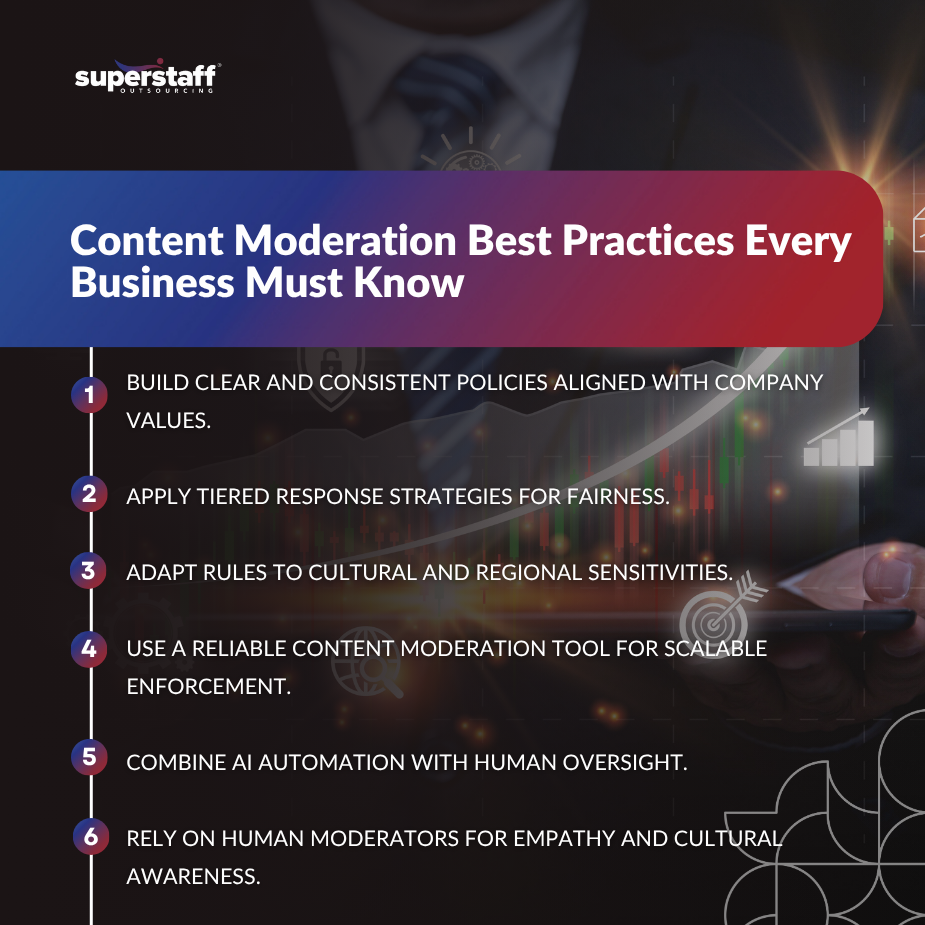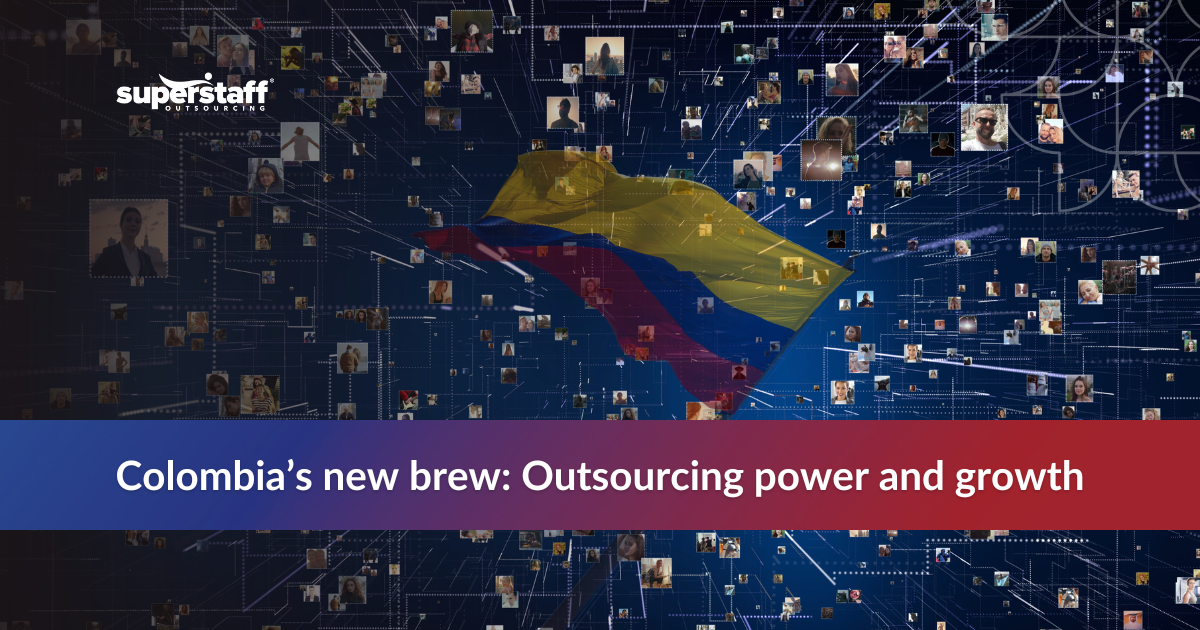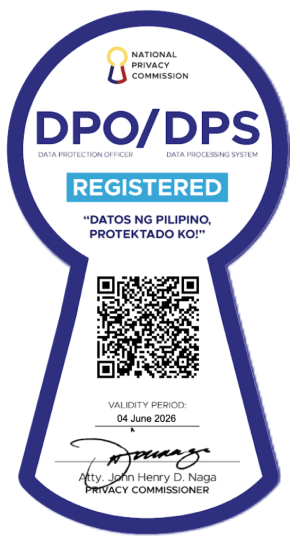
The digital world is noisier than ever, and content moderation is the filter businesses need to maintain credibility. Every comment, review, or user-generated post can influence how customers perceive a brand. In 2025, where online interactions shape first impressions more than storefronts or traditional advertising, the stakes are higher than ever. A single harmful post, unverified claim, or offensive remark left unchecked can spiral into reputational damage and lost trust.
User-generated content, reviews, and online communities have become the lifeblood of digital engagement, but they also come with challenges. The rapid rise of AI-generated material, evolving online slang, and the global nature of digital audiences mean that moderation requires both precision and cultural awareness. Businesses can no longer afford to treat it as an afterthought.
This is why every business, large or small, needs a robust content moderation strategy. Protecting your brand isn’t just about removing offensive content; it’s about creating safe, authentic, and trustworthy digital spaces where communities thrive.
In this blog, we’ll outline content moderation best practices that will help companies navigate today’s complex online environment. From policy-setting to the balance between AI tools and human oversight, these strategies will show how to keep digital spaces aligned with business goals while ensuring users feel respected and protected.
Protecting Brand Integrity Through Content Moderation
Content moderation in 2025 is about more than deleting harmful posts—it’s about protecting brand integrity. A company’s reputation can be built or destroyed in the span of a few online interactions. Consumers expect brands to create safe and respectful spaces, and when businesses fail to do so, trust evaporates quickly.
Unmoderated content often exposes companies to serious risks: offensive or inappropriate material can alienate audiences, misinformation can spread unchecked, and competitors may exploit negative online chatter. The rise of AI-generated content adds another layer of complexity. While generative AI provides new opportunities for engagement, it also creates new avenues for abuse, such as realistic deepfakes, manipulated reviews, or automated spam campaigns.
Consider this: a fake product review laced with harmful claims can influence thousands of purchasing decisions in minutes. Similarly, one offensive comment left visible on a brand’s social media page can trigger a PR crisis. Moderation isn’t just reactive; it’s proactive brand defense.
The link between unmoderated content and consumer trust is clear. Consumers are less likely to buy from a brand that tolerates offensive or harmful interactions in its online community. In today’s environment, the absence of moderation is seen as neglect.
To respond effectively, businesses need a framework built on content moderation best practices that not only identify risks but also prevent them from escalating. That begins with setting clear policies.
Building Strong Policies for Effective Moderation
Clear and consistent policies form the backbone of effective content moderation. Businesses must establish rules that strike a balance between freedom of expression and community safety. Without transparent guidelines, moderation decisions can feel arbitrary, leading to accusations of bias or censorship.
The first step in how to create a content moderation strategy is aligning guidelines with company values. What does your brand stand for? For example, a family-focused business may have stricter rules about language and imagery than a gaming platform where banter is expected. When values guide rules, they feel authentic to both moderators and community members.
Second, companies should use tiered response strategies. Not all violations are equal. A misspelled word should not carry the same consequence as hate speech. Tiered responses, such as warnings for minor infractions, temporary suspensions for repeated issues, and permanent bans for severe cases, create fairness and clarity.
Third, businesses must adapt their policies to cultural and regional sensitivities. What is acceptable in one country may be offensive in another. For global brands, cultural awareness is key to inclusivity. Policies should reflect not just corporate standards but also local norms.
Once guidelines are in place, companies can implement them consistently using the right technology. Without scalable enforcement, even the best policies fail.

Technology and the Rise of Moderation Tools
Technology-driven moderation tools are critical in handling high content volumes. The average mid-sized company might receive thousands of user interactions daily across social media, websites, and online forums. Without automation, moderating at this scale would be impossible.
A content moderation tool powered by AI and machine learning can scan massive volumes of text, images, and video in real time. Automated flagging systems detect offensive keywords, while image recognition tools catch explicit content. These systems filter out the most obvious violations, allowing human moderators to focus on nuanced cases.
AI has also become essential in detecting sophisticated risks like deepfakes, manipulated media, or coordinated misinformation campaigns. Algorithms can analyze metadata, patterns of posting, and unusual spikes in activity to identify harmful content that humans may miss.
However, AI is not foolproof. Automated systems can misinterpret context, censor harmless jokes, or fail to catch subtle forms of harassment. Over-reliance on technology risks creating an impersonal, overly rigid community environment. This is why businesses must combine automation with human oversight.
The most effective content moderation best practices involve blending speed and scale from technology with the cultural awareness and empathy only humans can provide.
The Human Element in Moderation
Human moderators provide cultural awareness and nuanced decision-making that machines simply cannot replicate. Technology may flag content, but only humans can interpret tone, sarcasm, and context. A joke among friends could be misread as offensive, or satire mistaken for misinformation, without human judgment.
Moderators bring empathy to sensitive cases, such as self-harm disclosures or traumatic events shared online. Responding with compassion rather than cold automation ensures community members feel heard and respected. In industries like healthcare or education, this human touch is essential to building trust.
Cultural nuances also matter. A phrase that is harmless in one language may carry offensive connotations in another. Skilled human moderators trained in regional contexts prevent these misunderstandings and ensure inclusivity.
Additionally, humans can prevent over-censorship and bias. Algorithms often reflect the biases of their training data, unintentionally silencing minority voices or underrepresented communities. Human oversight balances fairness with sensitivity.
Yet even with skilled moderators, businesses must invest in continuous training to keep judgment sharp and relevant.
Audits, Training, and Accountability
Regular audits and training ensure moderation stays effective and up to date. Online environments evolve rapidly, with new slang, memes, and risks emerging constantly. Without ongoing learning, moderators risk falling behind.
Continuous training should cover not just platform policies but also broader social trends and psychological support. Content moderation is demanding work, often exposing moderators to distressing material. Equipping them with mental health resources is as important as updating their technical skills.
Periodic reviews of flagged content are also essential. Businesses must check whether automated systems are accurately identifying harmful material or producing false positives. These audits help refine rules, improve AI systems, and ensure fairness.
Transparent reporting to stakeholders further strengthens trust. By publishing moderation statistics, such as the number of posts removed or accounts warned, companies demonstrate accountability. Transparency reassures users that moderation is applied consistently rather than arbitrarily.
These practices make internal moderation strong, but many businesses discover they need more than just in-house solutions. For scalability and global reach, many are turning to outsourced content moderation.
Why Outsourcing Content Moderation Works
Outsourced content moderation brings scale, expertise, and cost efficiency to businesses that cannot maintain large in-house teams. As digital engagement expands, outsourcing ensures communities remain safe without overwhelming internal resources.
Dedicated outsourced teams provide 24/7 coverage across time zones. In a global market, content flows around the clock. Customers expect moderation in real time, not hours later. Outsourcing delivers that responsiveness.
Outsourced moderators are also highly trained in compliance. They understand regional laws and regulations, including emerging policies on data privacy, misinformation, and harmful content. This expertise reduces legal risk for businesses operating in multiple jurisdictions.
Scalability is another major advantage. During product launches, holidays, or unexpected viral spikes, online activity surges. Outsourcing allows businesses to expand moderation capacity quickly without long-term hiring commitments.
Perhaps most importantly, outsourcing frees businesses to focus on their core goals. Rather than tying up internal staff with content policing, companies can rely on experts to safeguard their communities. This balance allows leaders to prioritize innovation and growth while knowing their brand reputation remains secure.
By combining internal policies, advanced tools, human oversight, and outsourcing, businesses can create robust moderation ecosystems.
Implement Content Moderation Best Practices With SuperStaff’s BPO Team
Content moderation in 2025 is not optional; it’s a core business function. In a world where digital interactions define brand perception, moderation ensures trust, safety, and credibility. From clear policies and AI-powered content moderation tools to human empathy and cultural awareness, businesses must adopt comprehensive strategies to keep online spaces aligned with their values.
The key lies in embracing content moderation best practices, developing strong policies, investing in technology, training skilled moderators, and leveraging outsourcing when scale is needed. By understanding how to create a content moderation strategy that blends people and technology, businesses can stay ahead of risks while fostering loyal, engaged communities.
For many, the most effective solution is outsourced content moderation, delivering global coverage, expertise, and scalability without draining internal resources.
At SuperStaff, we help businesses build reliable moderation frameworks that safeguard brands and nurture trust. If your business is ready to keep its online communities safe while staying focused on growth, partner with us today to explore scalable, effective moderation solutions.






